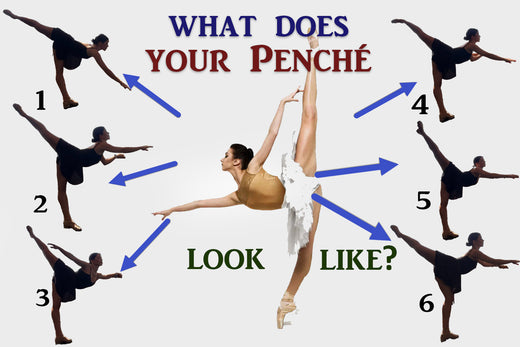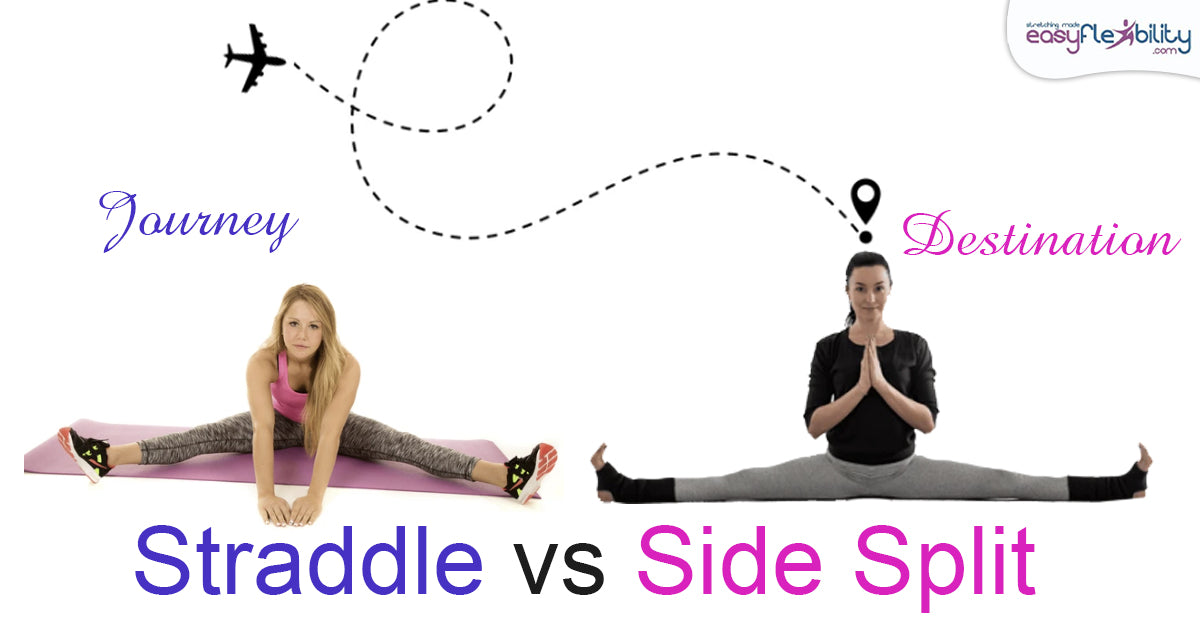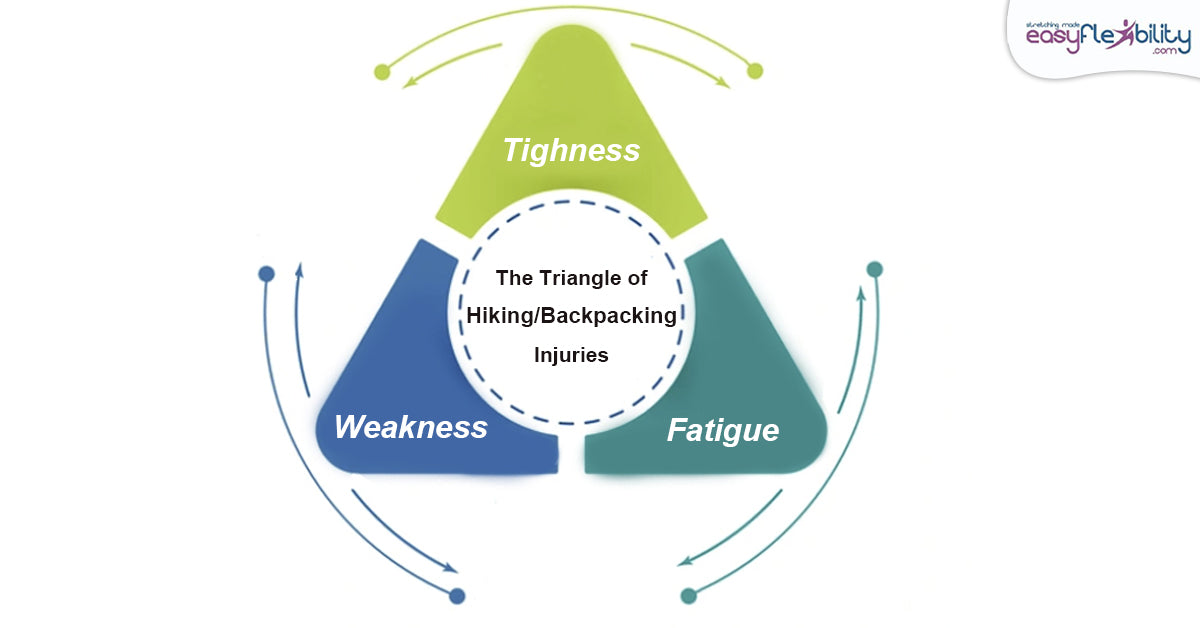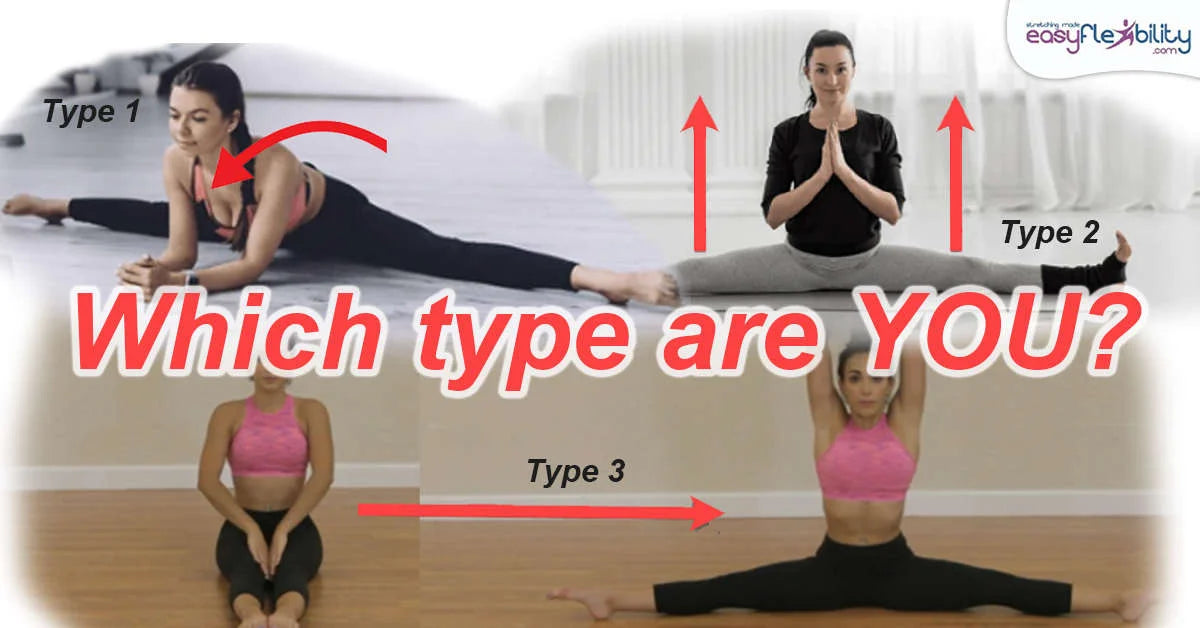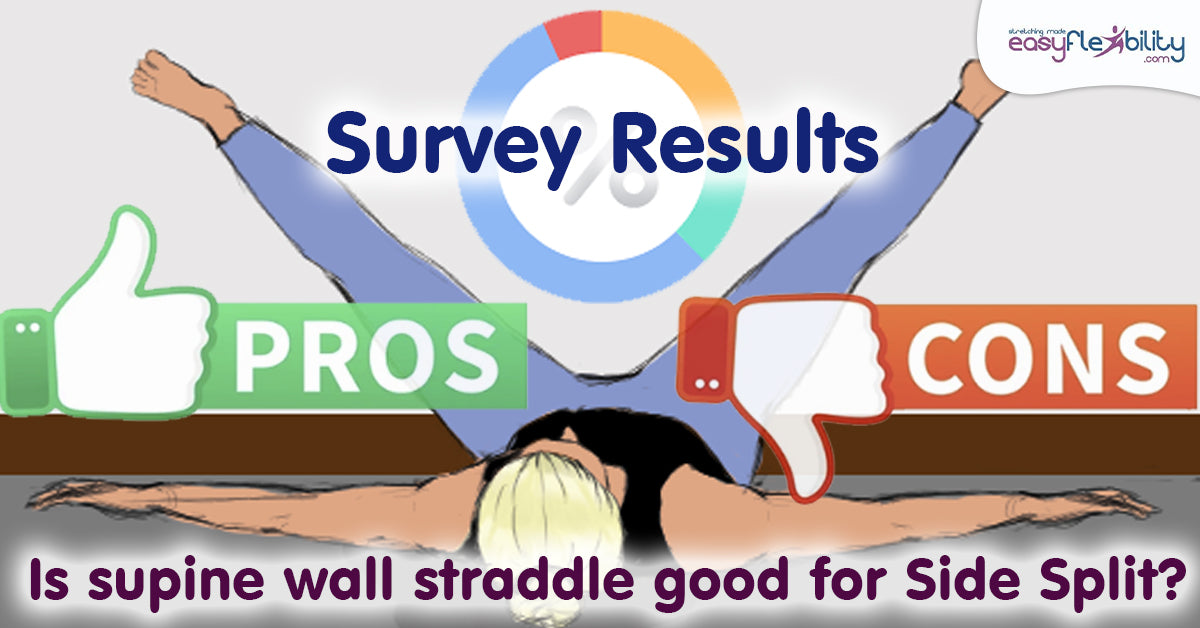The cause of pain is not at the location of pain - Part 2
Posted by Paul Zaichik on

In the last article we talked about the location of pain and location of causes of that pain. Often the cause is not found at the site of pain, but at the antagonist muscle group. You can read part 1 here.
Today we’ll talk about what you can do to lessen your chance of injury, by minimizing the inhibition of a muscle group and its tendons by the antagonists.
1- Moving or static pressure
This can be a massage. Strokes can be applied along the fibers of the muscles or across. If there are tight spots, pressure can be applied and held till muscles begin to release.

For example massaging the Latissimus Dorsi to take away anterior and middle deltoid inhibition.
2- Stretching
Relaxed Stretches or ZSTs can be applied to the antagonist.

For example stretching the Psoas and other hip flexors to allow glutes to contract with more force.
3- Mobility Exercises
This can be swing, circles or other type of movement.

For example, head circles.
4- External Applications
This can be transdermal magnesium, castor oil or moist heat. This approach of course is not appropriate in every situation.

It is most often applicable when training at home.
5- Sequence
This applies the most when doing strength training. If training to fatigue, the antagonist will shorten and get in a way of maximum contraction of the injured muscles and their tendons.

For example if front or outside of the shoulder is prone to injury. Do the pushing exercises first and pulling second (ie: shoulder press before pull ups).
Pain Management Combo
These are the most important programs you can work on if your stretches hurt, or if your body hurts in general when you are doing the exercises.
What you are getting:
© ElasticSteel Corp., EasyFlexibility, Paul Zaichik, et. El., 2022. No part of the materials available through ElasticSteel.com, EasyFlexiiblity.com, site may be copied, photocopied, reproduced, translated or reduced to any electronic medium or machine-readable form, in whole or in part, without prior written consent of Paul Zaichik EasyFlexibility.com, Elasticsteel.com.. Any other reproduction in any form without the permission of Paul Zaichik EasyFlexibility.com, Elasticsteel.com is prohibited. All materials contained on this site are protected by United States copyright law and may not be reproduced, distributed, transmitted, displayed, published or broadcast without the prior written permission of Paul Zaichik, EasyFlexibility.com, Elasticsteel.com.
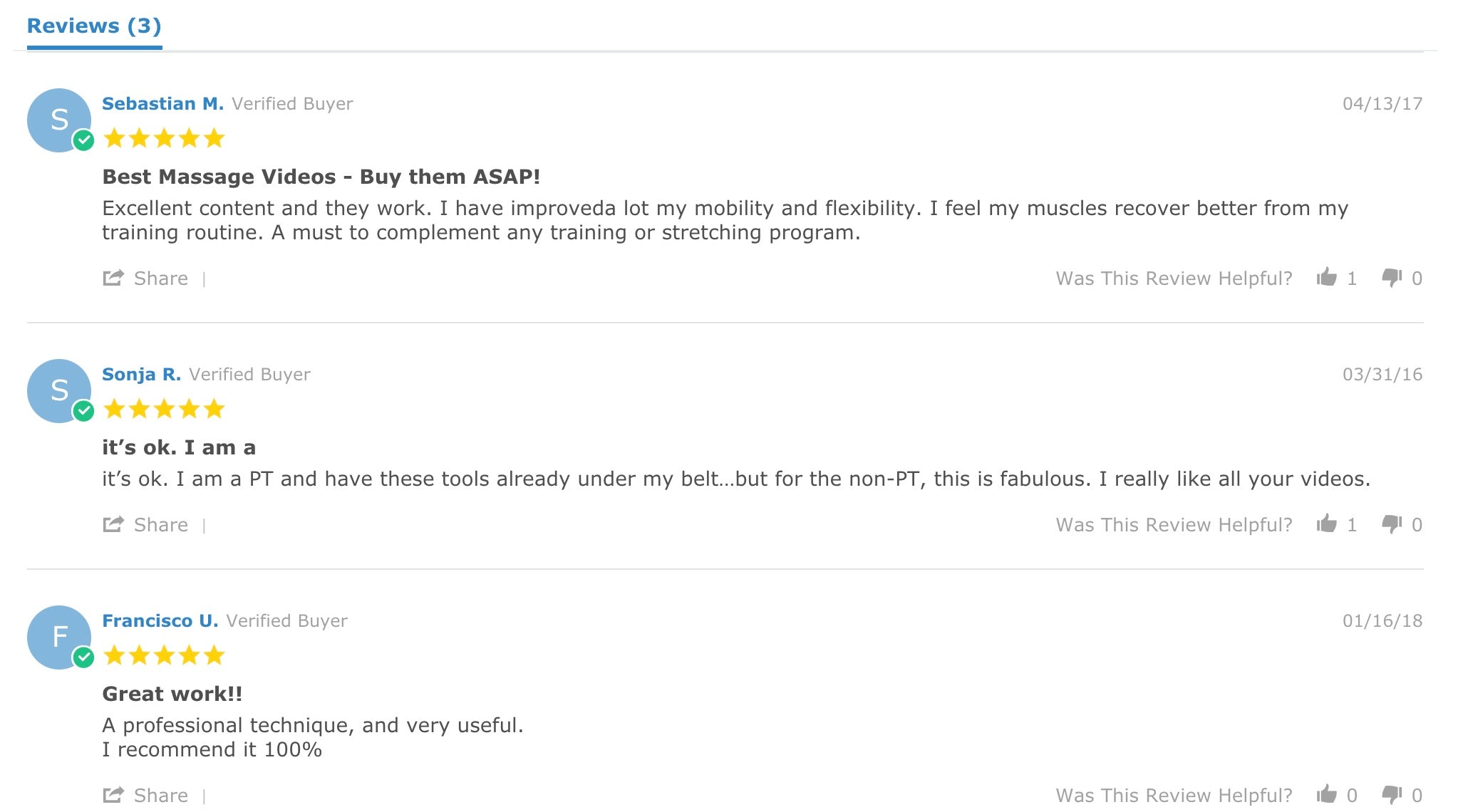
Share this post
0 comment













